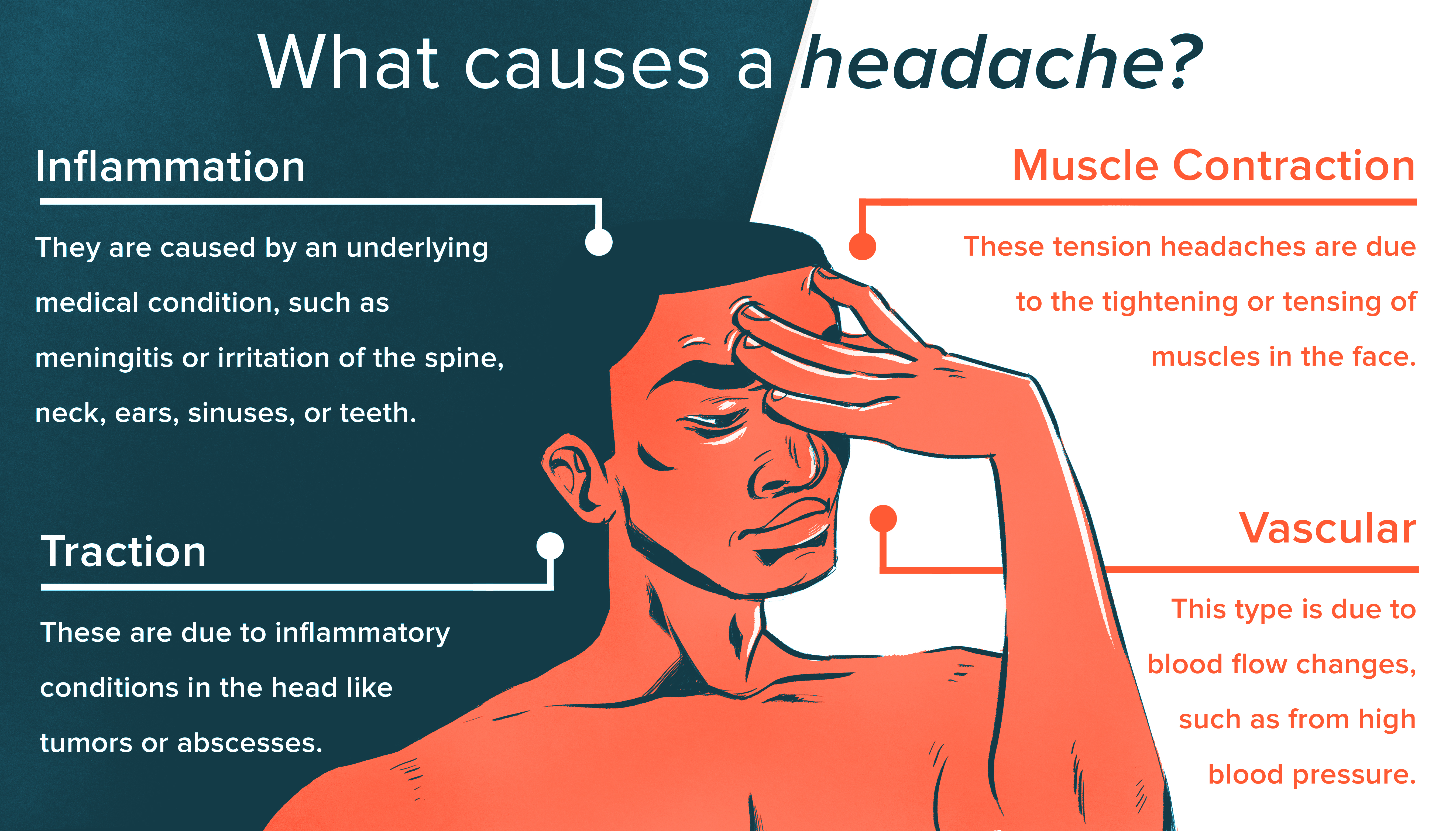Tension Headaches: Causes and Relief Strategies
Tension Headaches: Causes and Relief Strategies
Tension headaches, characterized by a dull, aching pain, are among the most prevalent forms of headaches experienced worldwide. While they are typically not as severe as migraines, tension headaches can still significantly impact one's daily life, productivity, and overall well-being. In this comprehensive guide, we will delve into the multifaceted aspects of tension headaches, exploring their causes, symptoms, risk factors, and effective relief strategies.
Understanding Tension Headaches
Tension headaches, also known as stress headaches, are often described as a constant pressure or tightness around the head, particularly in the temples or the back of the head and neck. Unlike migraines, tension headaches are not usually accompanied by nausea, vomiting, or sensitivity to light and sound.
Causes of Tension Headaches
The exact cause of tension headaches remains elusive, but several factors are believed to contribute to their development:
- Muscle tension: Prolonged contraction of neck, scalp, and facial muscles, often due to stress, anxiety, or poor posture, can lead to tension headaches.
- Stress and anxiety: Emotional stress, work pressure, or personal conflicts can trigger or exacerbate tension headaches.
- Environmental factors: Bright lights, loud noises, and strong odors can contribute to the onset of tension headaches, especially in individuals who are sensitive to sensory stimuli.
- Dietary habits: Irregular meal patterns, excessive caffeine consumption, or certain food additives may increase the risk of tension headaches in susceptible individuals.
- Physical strain: Prolonged sitting, repetitive movements, or intense physical activity without adequate rest can strain the muscles and provoke tension headaches.
Symptoms of Tension Headaches
Common symptoms of tension headaches include:
- Dull, aching head pain, often described as a tight band around the head
- Tenderness or tightness in the scalp, neck, or shoulder muscles
- Mild to moderate intensity, typically not debilitating
- Gradual onset, lasting from minutes to days
- No accompanying aura, nausea, or vomiting
Relief and Management Strategies
Managing tension headaches involves a multifaceted approach that addresses both the underlying causes and the immediate symptoms. Here are some effective relief strategies:
- Stress management: Practice relaxation techniques such as deep breathing, meditation, or progressive muscle relaxation to reduce stress and muscle tension.
- Improve posture: Maintain good posture while sitting, standing, and sleeping to alleviate strain on the neck and shoulder muscles.
- Stay hydrated: Drink plenty of water throughout the day to prevent dehydration, which can exacerbate headache symptoms.
- Healthy lifestyle habits: Follow a balanced diet, get regular exercise, and prioritize adequate sleep to promote overall well-being and reduce the frequency of tension headaches.
- Over-the-counter medications: Nonsteroidal anti-inflammatory drugs (NSAIDs) such as ibuprofen or acetaminophen can help alleviate headache pain when used occasionally and as directed.
- Alternative therapies: Consider complementary approaches such as acupuncture, chiropractic adjustments, or massage therapy to relieve muscle tension and improve headache symptoms.
- Professional guidance: Consult a healthcare provider if tension headaches are frequent, severe, or significantly impact daily functioning. They can provide a comprehensive evaluation, identify any underlying medical conditions, and recommend appropriate treatment options.
Conclusion
Tension headaches are a prevalent and often debilitating condition that can disrupt daily life and productivity. While the exact cause of tension headaches may vary from person to person, adopting healthy lifestyle habits, managing stress effectively, and seeking professional guidance when needed can help alleviate symptoms and improve overall quality of life.


Comments
Post a Comment